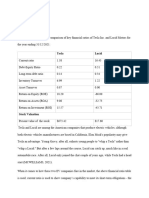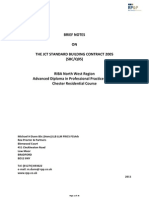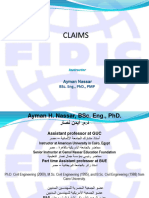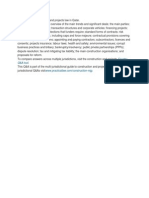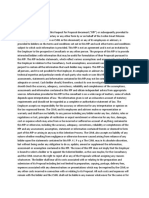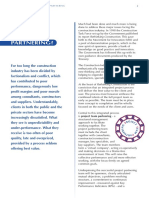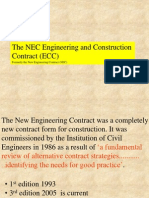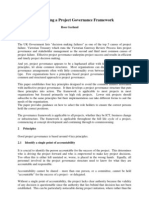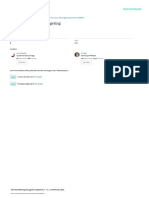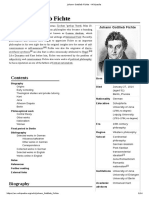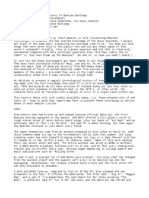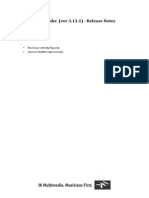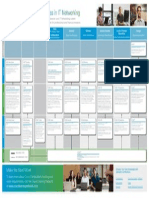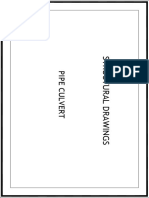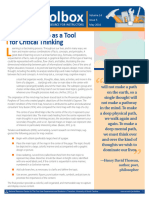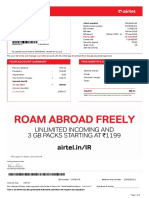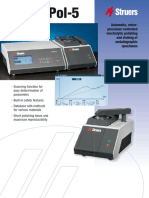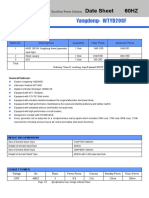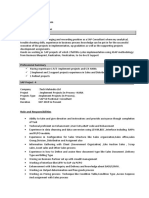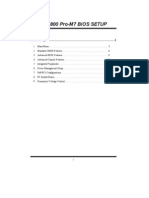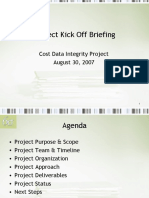0% found this document useful (0 votes)
53 views35 pagesHow The LinkedIn Algorithm Works in 2025
The LinkedIn algorithm in 2025 prioritizes relevant professional content over virality, focusing on quality filtering, engagement testing, and relevance ranking to curate user feeds. Key updates emphasize expertise, meaningful engagement, and the importance of evergreen content, while discouraging clickbait and external links. To optimize content for the algorithm, users should create value-driven posts, engage with their audience, and utilize effective posting strategies.
Uploaded by
leo_dhCopyright
© © All Rights Reserved
We take content rights seriously. If you suspect this is your content, claim it here.
Available Formats
Download as PDF, TXT or read online on Scribd
0% found this document useful (0 votes)
53 views35 pagesHow The LinkedIn Algorithm Works in 2025
The LinkedIn algorithm in 2025 prioritizes relevant professional content over virality, focusing on quality filtering, engagement testing, and relevance ranking to curate user feeds. Key updates emphasize expertise, meaningful engagement, and the importance of evergreen content, while discouraging clickbait and external links. To optimize content for the algorithm, users should create value-driven posts, engage with their audience, and utilize effective posting strategies.
Uploaded by
leo_dhCopyright
© © All Rights Reserved
We take content rights seriously. If you suspect this is your content, claim it here.
Available Formats
Download as PDF, TXT or read online on Scribd
/ 35










